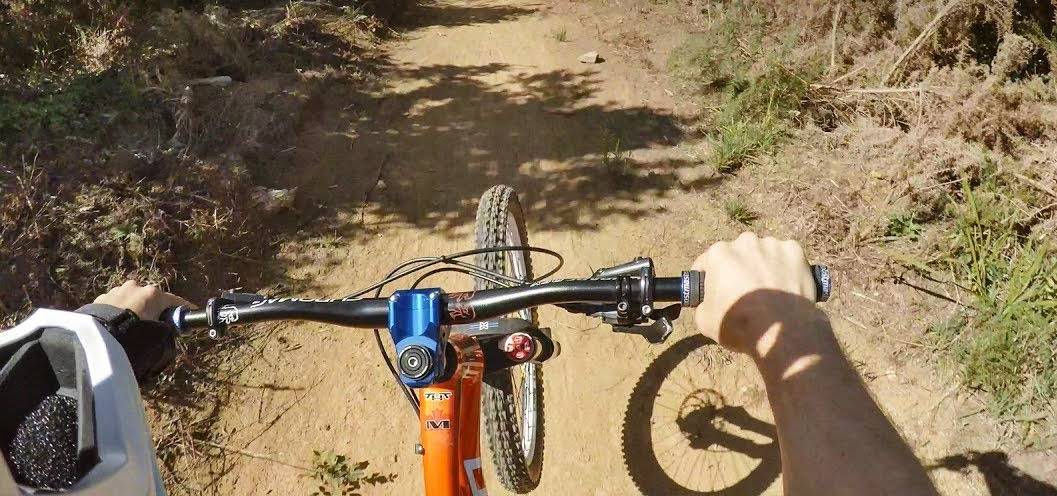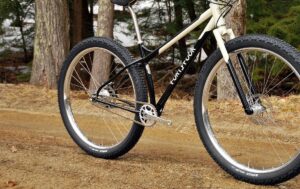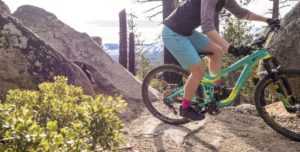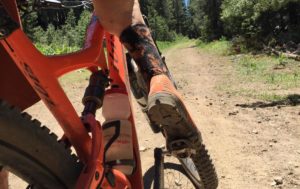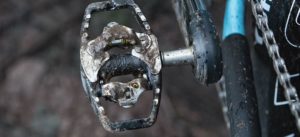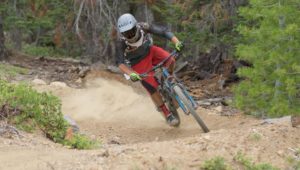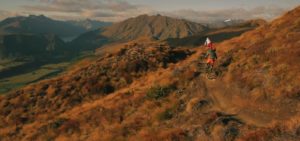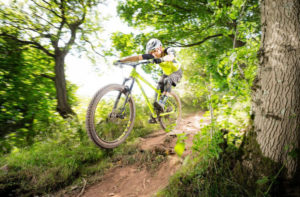Today, there are two major brake system classifications on mountain bikes. Disk and Rim brakes. Both types work on the principle of converting energy into heat through applied friction, the energy being converted from the combination of you, your bike, the mass of the two, plus or minus gravity. Energy can no longer be converted into heat when the materials involved reached their capacity for heat dissipation.
Disk brake systems
The advantage that disk brake systems have over rim systems is that the disk system is capable of dissipating heat disk brakes work by applying pressure to a steel disk that is mounted to the hub.
The device that applies the pressure is called a caliper. The caliper mounts over the disk and the disk rides in the center of the caliper. The caliper compresses or squeezes brake pads against the disk, which causes friction. The brake pads are made from stuff (to be defined). Either a cable or a hydraulic system connected to a brake lever control that actual movement of the caliper.
Entry-level Disk brake systems are heavier than the Rim brake system but when used in the application that they are designed for, it doesn’t really matter. That application is downhill or freeriding.
In downhill, it is an actual good thing to have a bit of extra weight to accelerate the effects of gravity. If you don’t mind spending a few extra dollars, the newest Disk systems get a bit closer to balancing the scale between the two brake systems.
Cable or Hydraulic control
Each, cable and hydraulic control have advantages and disadvantages. Hydraulic systems allow the rider to apply a greater amount of braking force with very little brake lever pressure. Because hydraulic systems by their nature are airtight, sealed systems, dirt and mud from the trail are locked out. This equals low maintains on your part. A negative to this system is that heat can transfer to the hydraulic system, causing the brakes to drag.
This problem is not evident cable disk brake systems but the rider must apply greater brake lever pressure for the same amount of stopping force. A detractor to the cable control is that dirt and mud can get into the cable housing.
When dirt gets into the cable housing the cable can get stuck in the retracted state, causing the caliper to stick in the closed position. In short, the brakes drag.

